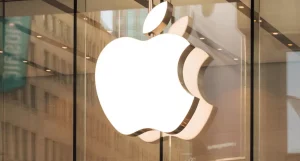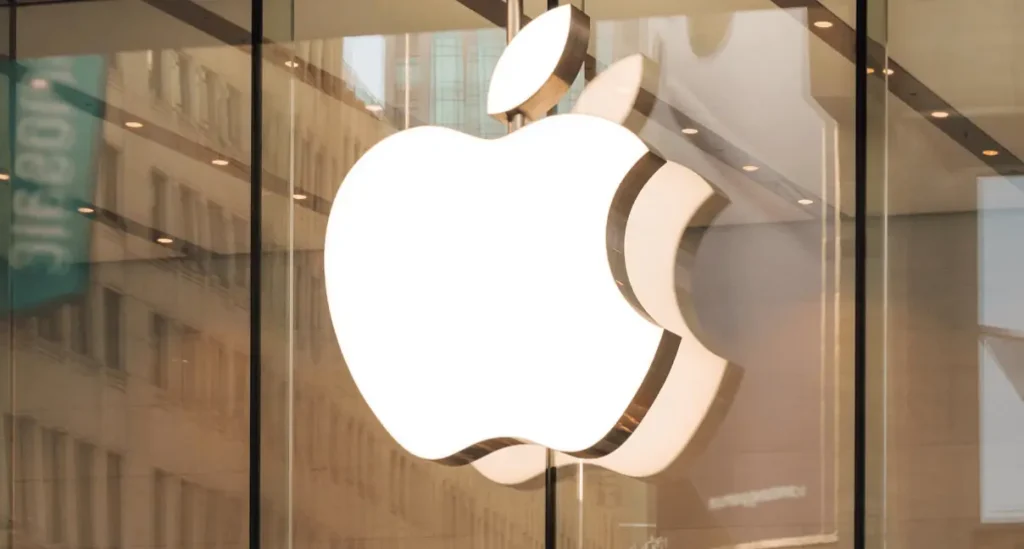Apple is reportedly developing a touchscreen MacBook Pro featuring an OLED display and M6 chip, marking a major shift in the company’s long-standing stance against touchscreen laptops. According to reports from Bloomberg’s Mark Gurman and analyst Ming-Chi Kuo, the new MacBook Pro with a touchscreen is expected to launch by the end of 2026 or early 2027.
A New Era for the MacBook Pro
The upcoming MacBook Pro is said to feature Apple’s first major design overhaul since 2021. The familiar notch design will reportedly be replaced with a punch-hole camera, allowing for a cleaner display.
Apple is also expected to introduce a thinner and lighter chassis, along with a reinforced hinge system to keep the screen stable during touch interactions. This design evolution reflects Apple’s attempt to blend portability, durability, and user-friendly touch capability.
Why Apple Is Embracing Touchscreens
For years, Apple resisted adding touchscreen functionality to its laptops, emphasizing that MacBooks and iPads serve different purposes. However, the growing demand for touchscreen laptops in the market appears to have influenced a change in strategy.
The new touchscreen MacBook Pro will retain the keyboard and trackpad, with touch gestures designed to complement traditional controls. This suggests Apple aims to create a hybrid computing experience—bridging the best of macOS and iPadOS—while leaving behind the Touch Bar, which many users found disappointing.
M6 Chip and OLED Display Expected
The touchscreen MacBook Pro is expected to debut with Apple’s next-generation M6 chip, following the recently introduced M5-powered MacBook Pro models.
You may also like this: Apple M5 Chip Revolution: New MacBook Pro, iPad & Vision Pro
The OLED display will likely deliver richer colors, higher contrast, and improved energy efficiency compared to the current mini-LED screens. However, analysts suggest that these models could come with a higher price tag due to their premium display and upgraded hardware.

Blurring the Line Between MacBook and iPad
This upcoming release could further blur the boundaries between the MacBook Pro and iPad Pro. For years, Apple kept touch functionality exclusive to the iPad, positioning it as the company’s main touch device.
Now, by introducing touch support to MacBooks, Apple appears ready to redefine its product ecosystem and offer users a more flexible computing experience—one that adapts to both professional and creative workflows.


